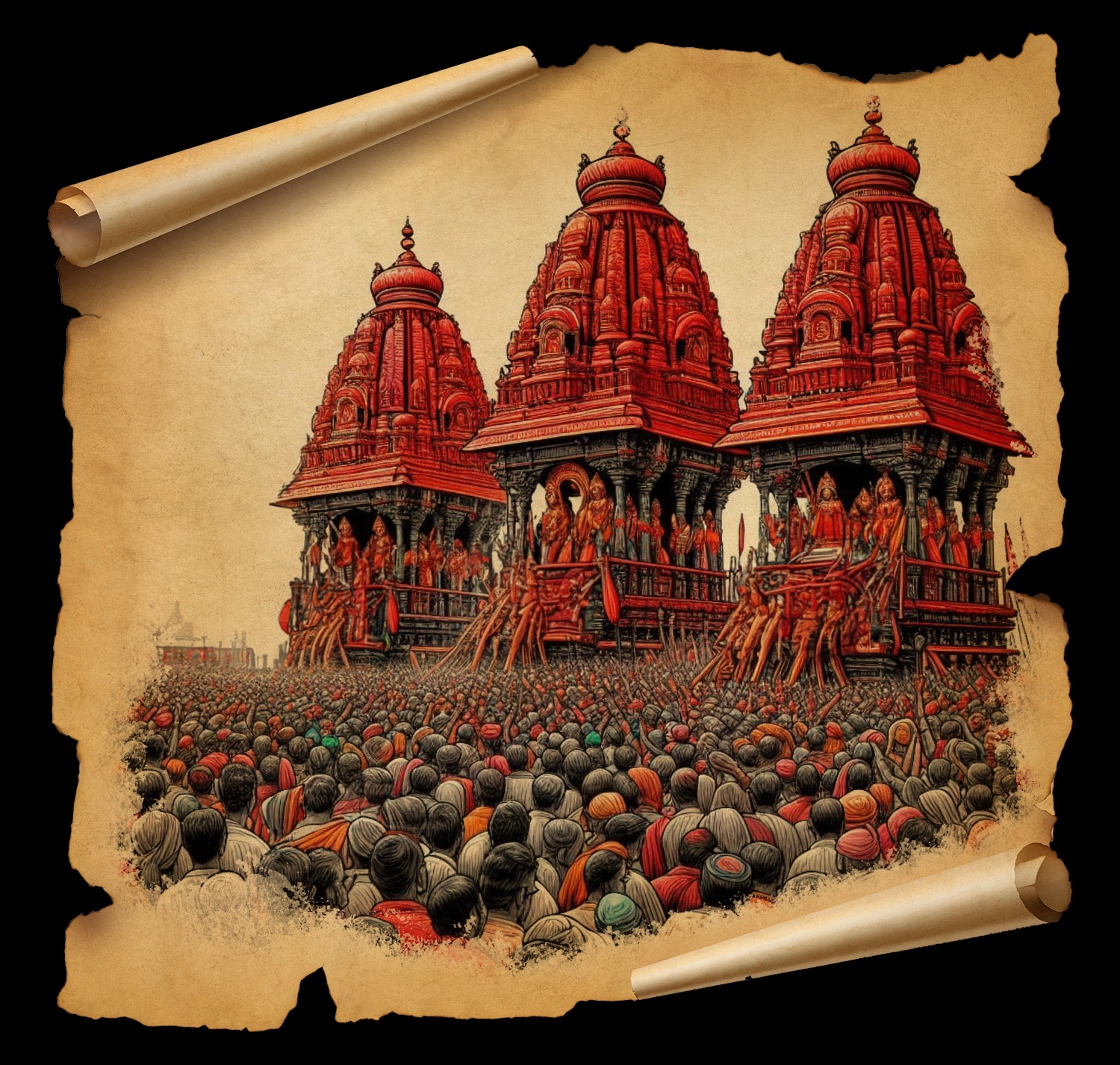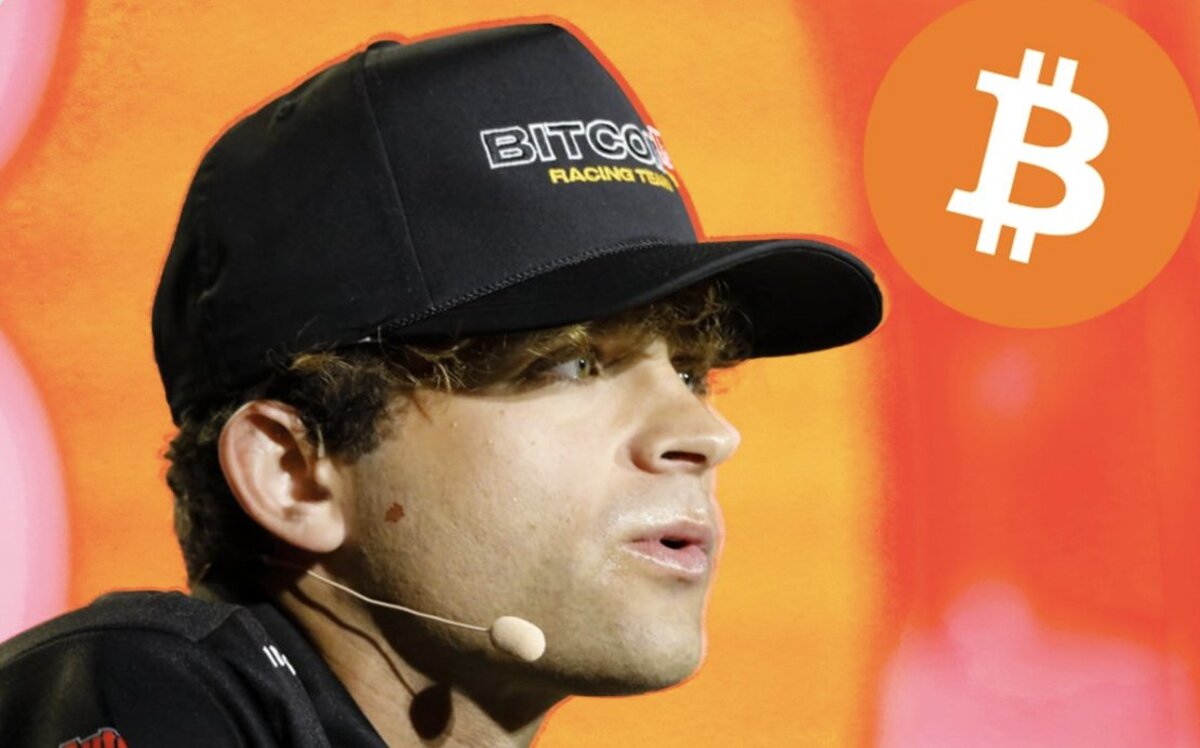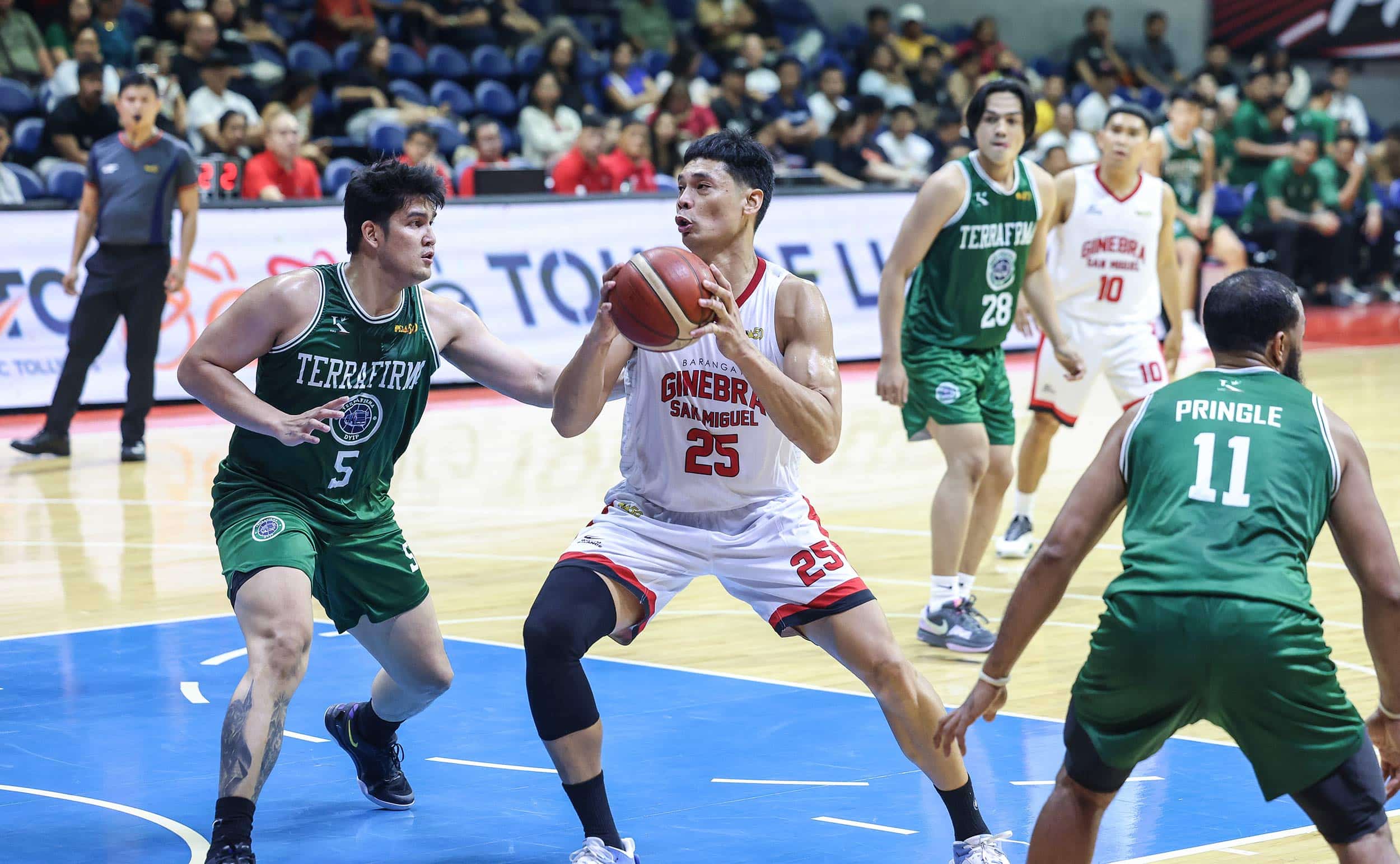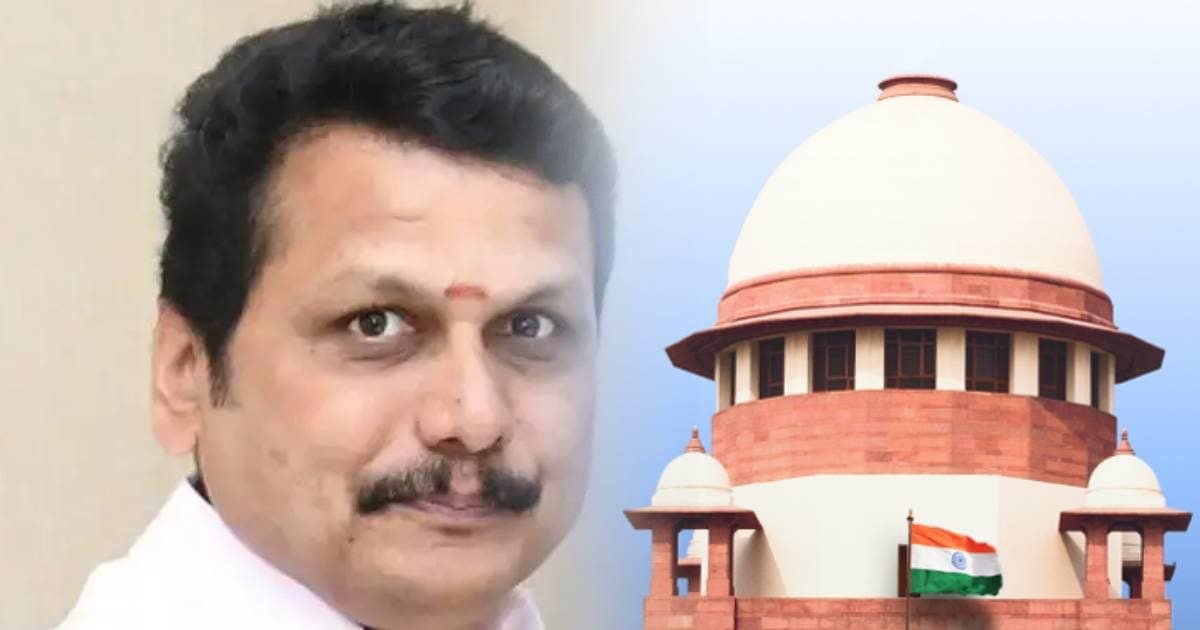
At present, the preparations for Rath Yatra are going on in Puri Dham of Odisha. Rath Yatra is organized on the second day of Shukla Paksha in the month of Ashada. On this day, Lord Jagannath leaves the temple with his brother Balabhadra and sister Subhadra and goes for a walk. His pilgrimage is called Rath Yatra, which is celebrated with great enthusiasm by devotees who aspire to pull the Lord's chariot.
Although Rath Yatra is a one-day annual event and takes place only once a year, preparations for it continue throughout the year. Dates are also very important in this. For example, the process of making a chariot in a temple starts on the day of Makar Sankranti and then the work is completed in stages with each subsequent date. It gives a special name to each date and the ritual performed on that day, such as the deterioration of the Lord's health just 15 days before the Rath Yatra was to be held.

On the full-moon day of the month of Jeshath, when there is intense heat, the idols of the deities are bathed with 108 pitchers of water. After this ghusl, the three deities fall ill and then go into seclusion. This act of seclusion is called 'Ansar' in Puri. Deities are not seen during these 15 days. When Jagannathji recovers after 15 days, 'Ninasar Utsav' is celebrated on that day. On this day the Lord is redecorated, clothed in new clothes and then prepared for the journey. Then the chariots are brought to the Singh Dwar of the temple and after two days the Rath Yatra starts from here. It is like this that when Jagannathji is alone for several days due to illness, he goes on a journey with his brothers and sisters to change his mind.
Here the question arises whether God is also sick? But why and how? There is a sad story behind these questions, the famous rumor in the glory of Lord Jagannath is quite famous. It's been a long time. A devotee Madhav Das lived in the entire region of Odisha. He worshiped the Lord every day, lived on what he got as prasad and lived a simple life.
Once he fell ill. He developed a high fever. He was alone, so there was no one to serve him. Yet he did not diminish his devotion. People used to advise him to consult a doctor and take medicine but no one took him for treatment. Madhav Das also used to say that when God takes care of me, then what do I need of anyone. But, one day Madhav Das, weakened by illness, fainted.

Then, seeing his devotee in distress, the Lord himself came out of the temple and began to serve him. Jagannathji used to give him medicine and massage his hands and feet. Used to bathe, change clothes and feed with their own hands. As Madhav Das began to recover, he recognized that God himself was engaged in his service. Seeing this, Madhav Das wept. He said why have you come to my service? You could have fixed me right away. Then Jagannathji said, I do not leave my devotees, but what is written in their deeds must happen, but let me do one thing. You have 15 more days left in your illness. I take it upon myself. That day was Jishtha Purnima.
Jagannathji reached his temple and that same day after taking bath he developed fever. Since then this tradition started in Puri. The Lord falls ill due to the illness of his devotee Madhudas and during this time he goes into seclusion. It is called Ansar. It is said that just as he once took upon himself the pain of his devotee Madhav Das, so he takes upon himself the pain of his devotees every year, but the devotion must be genuine. After 15 days, when the Lord recovers, the festival of Nanasar is celebrated and only after that the Lord goes out for a walk. This journey is called Rath Yatra.

What is Ansar Vidhi Puja?
Ansar ritual is performed every year at Shrimandar in Puri, the abode of Lord Jagannath. It is a religious ritual, which is performed on the full moon day of the month of Jeshath. It is called Anvasara. It is also known as Sanan Utsav, Sanan Purnima. To get relief from the heat, the temple deities bathe with 108 pitchers of cool water during the bathing festival (Dev Sana Purnima). After this royal bathing ceremony, the three deities fall ill and have to stay away from the public eye for 15 days. This is called the 'Ansar' or 'Anwasar' period. The Anvasara period begins on Jishtha Purnima and ends on Ashadha Amvasya.
During the 15 days of the Anvasara period, the way of worshiping the temple becomes somewhat different from the daily routine. During this time, when the deities rest in the form of the main deity idols, colorful paintings of the deities are worshiped in the Sri temple. These paintings depict Lord Jagannath as Lord Vishnu, Lord Balabhadra as Lord Shiva and Goddess Subhadra as Adishakti. Mangala Aarti is performed in the morning and lamps are lit. The deities are then given a dantadhoti (tooth brushing, mouth cleaning) and then a bath. Clothing and jewelry are cleaned. Recitation is also performed during Abkash Puja.

During the Ansar ritual, when the Krishna Panchami Tithi of Ashhad falls, Ansar Panchami is celebrated on that day in the Sri Mandir. On Thursday, on the occasion of Ansar Panchami, Mahaprabhu Jagannath and his siblings Lord Balabhadra and Devi Subhadra are treated with 'Phaluri' oil. This is known as Fuluri Oil Service. Phluri oil is applied to the idols of the deities. This special ritual is performed to relieve Lord Jagannath and his siblings from fever caused by excessive bathing during the 'Sanan Yatra'.
For phloori oil method 'phloori' oil is prepared by mixing several aromatic flowers like ketaki, mali, baula and champa, roots, sandalwood powder, camphor, rice, grains and herbs. Pure sesame oil, bana roots, aromatic flowers like jasmine, joi, mali and sandalwood powder are among the 24 ingredients used to make the flower oil. Every year on the fifth day of Rath Yatra, preparations begin on the occasion of 'Hira Panchami' and after being stored underground for about a year, it is handed over to the temple authorities for use. After treating the three deities with phloori oil on the occasion of Nav Joban Darshan a day before the Rath Yatra, the disease will be cured and then the Rath Yatra will take place.
First part: No arms, no legs, big eyes… Why is the form of Lord in the Jagannath temple of Puri like this?
Second part: Shree Mandir was destroyed as soon as it was built, how Jagannath Dham was established in Puri?
Third part: Before the Jagannath temple, Lord Neelmadhav was worshiped in the tribe… know this secret
Part Four: The condition due to which the idols of Jagannathji remained incomplete.
Part Five: After the Jagannath temple was built, it was buried in sand for centuries, then how did Rath Yatra begin?
Part Six: Neither Lord Shiva nor Brahma could taste it…How did the preparation of Mahabog begin at Jagannath Dham?
Part seven Who is Devi Bumla Lord Jagannath does not taste his Prasad without serving it in Puri?
x
Example: Vani Gupta
(Tags Translation Hindi












